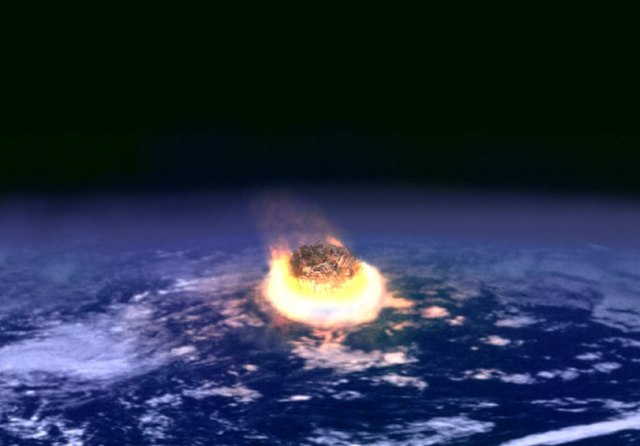The Kardashev scale is a method of measuring a civilization's level of technological advancement based on the amount of energy it is capable of harnessing and using. The measure was proposed by Soviet astronomer Nikolai Kardashev (1932–2019) in 1964 and was named after him.
At the Cerro Paranal Observatory, a laser beam is used to create an artificial star to tune the Very Large Telescope (VLT). The search for exoplanets on which extraterrestrial civilizations could be found is one of the many missions of the VLT.
According to the standard model describing the expansion of the Universe since the Big Bang, there may be planets older than the Earth, capable of harboring supercivilizations.
For Zoltan Galántai, a scale classifying civilizations should be based on their ability to survive catastrophes, particularly those of cosmic origin, such as an asteroid impact.
Artist's view of quasar GB1508. According to Russian astronomer Kardashev, a highly evolved civilization, known as "Type III" in his theoretical classification, would be able to draw its energy from such a source.
Nikolai Semyonovich Kardashev was a Soviet and Russian astrophysicist, Doctor of Physical and Mathematical Sciences, and the deputy director of the Astro Space Center of PN Lebedev Physical Institute of the Russian Academy of Sciences in Moscow.
Nikolai Kardashev





